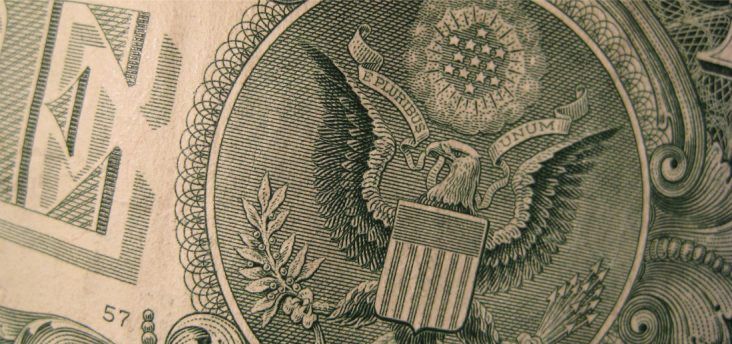Personal spending in Arkansas decelerates in 2018, slowdown spread across most categories
by October 15, 2019 5:28 pm 300 views

As personal spending across the U.S. ramped up in 2018, Arkansans were more cautious as the Natural State ranked 44th out of 50 states in one indicator of how consumers feel about their economic well-being, according to the latest data from the U.S. Bureau of Economic Analysis.
Nationwide, state personal consumption expenditures (PCE) increased 5.1% in 2018 to a robust $12.74 trillion, an acceleration from the 4.4% increase in 2017, BEA data shows. The percent change in PCE, the key snapshot of goods and services that are purchased and consumed by Americans, ranged from 7.3% in Utah to 3.65% in West Virginia.
The PCE is the main component of consumption in the nation’s quarterly gross domestic product (GDP) report, which measures the value of the goods and services produced by the nation’s economy less the cost of the goods and services used up in production. The PCE data consists of the actual and imputed expenditures of households and includes data pertaining to durable and non-durable goods and services.
Expenditures on health care, and on housing and utilities increased 4.9% and 4.6%, respectively, and were the leading contributors to growth nationally. In Utah, the nation’s fastest-growing state, spending on housing and utilities, other nondurable goods, and health care increased 5.2%, 10.6%, and 5%, respectively. Those same categories were also the leading contributors to the increase in personal spending in Idaho, Washington, California, and Arizona, the other top states with spending spikes between that ranged between 6% and 6.8%.
In Arkansas, personal spending in 2018 rose by 4% to nearly $102.8 billion, down from the 4.5% increase in 2017, which amounted to a $98.8 million decline. According to University of Arkansas at Little Rock economist Michael Pakko, Arkansas’ PCE growth had been running at about the same pace as the U.S. in 2016 and 2017 despite the 2018 swoon. He said an up upward revision to the Arkansas data for 2017 put Arkansas slightly ahead of the national average a year ago.
“The 4% growth rate for 2018 represents slowdown from 2017 but was still well-above growth in any other year since 2011,” said Pakko, director of UALR’s Institute for Economic Advancement.
The BEA data show that the slowdown between 2017 and 2018 was spread across most categories of consumer spending. The components that showed the sharpest slowdown included recreational goods and vehicles, and financial services and insurance. Spending categories that showed accelerated growth in 2018 included clothing and footwear, and gasoline and other energy goods.
Pakko also said nearly all components of personal spending in Arkansas grew more slowly than the rest of the U.S., except for housing and utilities, and nonprofits. The largest contributors to overall growth – for Arkansas and the U.S. – were housing and utilities, and health care, he said.
Across all states and the District of Columbia, per capita PCE averaged $42,757. Per capita PCE by state ranged from a high of $55,095 in Massachusetts to a low of $31,083 in Mississippi. Per capita PCE in the District of Columbia was $63,151. Arkansas PCE spending per person in 2018 averaged $34,095, approximately 79.7% of the U.S. average of $42,757.
“The difference is not surprising,” said Pakko. “Per capita personal income in Arkansas was 79.4% of the U.S. average in 2018.”
